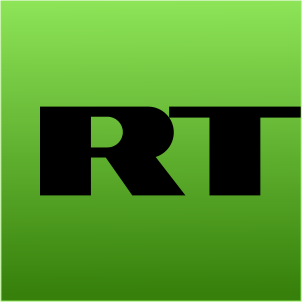
Russian Propaganda Permeates International Borders
While the U.S. government maintains that Russia’s annexation of Crimea and the current situation in Ukraine clearly “violate the Ukrainian constitution and international law,” an extensive propaganda campaign facilitated by the Kremlin appears to be influencing a large portion of global public opinion.
In 2005, the Russian government established the news outlet formerly known as Russia Today. RT, and therefore its subsidiary Ruptly, are funded and controlled by the state, yet present themselves as objective and impartial news sources. Thus far, RT has achieved unprecedented outreach both domestically and internationally. According to founding editor-in-chief Margarita Simonyan, Putin is eager to “break the monopoly of the Anglo-Saxon mass media.”
The Leveda Center, an independent research organization in Moscow, conducted a poll in April that showed that 94% of Russians rely on state TV to follow the developing situation in Ukraine and Crimea. Not only is a vast audience being reached, but domestic public opinion is also being influenced. Prior to the annexation of Crimea, the Russian population was becoming increasingly unsupportive of Putin as a leader, with a poll in November 2013 showing that “53 percent said they would vote for a different candidate during the next election.” Since the developments in Crimea, Putin’s popularity has soared – 86% of the Russian population would now re-elect him. The Russian support for Putin’s actions in Ukraine and Crimea may be attributed to RT’s portrayal of Russian advancements as liberation from a radically right-wing government in Kiev rather than invasion. However, RT has displayed varying degrees of credibility, with numerous instances of misrepresented or fabricated information being broadcasted.
Internationally, Kantar Media reports that RT reaches 120 million households in the U.K. and 85 million in the US, making it “the most watched English language news channel in the U.K.” and “the most watched foreign news network” in the US, according to the Fiscal Times. Europe is no stranger to state-run news agencies, such as Deutsche Welle in Germany or France24 in France; a factor that may have granted legitimacy to RT on an international level. Of RT’s $300 million budget (expanded from just $30 million in 2005), approximately $136 million is invested abroad in an attempt to influence western public opinion. As such, RT currently broadcasts in Russian, English, Spanish, Arabic, and German. In addition, television is not the only media outlet by which RT is rapidly ascending. In fact, the RT YouTube channel became the first TV news YouTube channel in history to surpass one billion views. While more research is required to determine the effectiveness of this propaganda campaign, its exposure has been undeniable.
Western press is currently struggling to contest the recent surge Russian propaganda in Eastern Europe. Radio Free Europe was a public diplomacy success story of the Cold War, but its influence has since been in steep decline. On May 2, USAID pledged $1.25 million to support press freedom in Ukraine in addition to the $10 million already committed by the US government in preparation for the May elections. Right now, RT appears to be successfully filling the global void of an eastern perspective on current events. However, should further analysis show that the increasing popularity of RT is correlating to a change in public opinion, the western press should be wary of its voice being overwhelmed.






